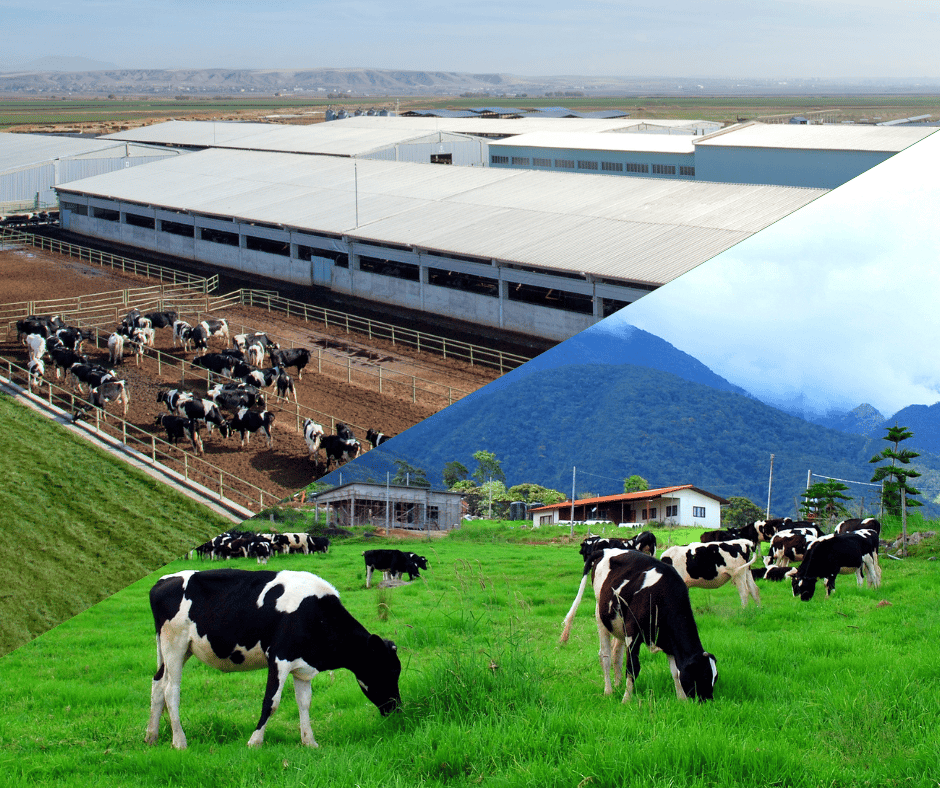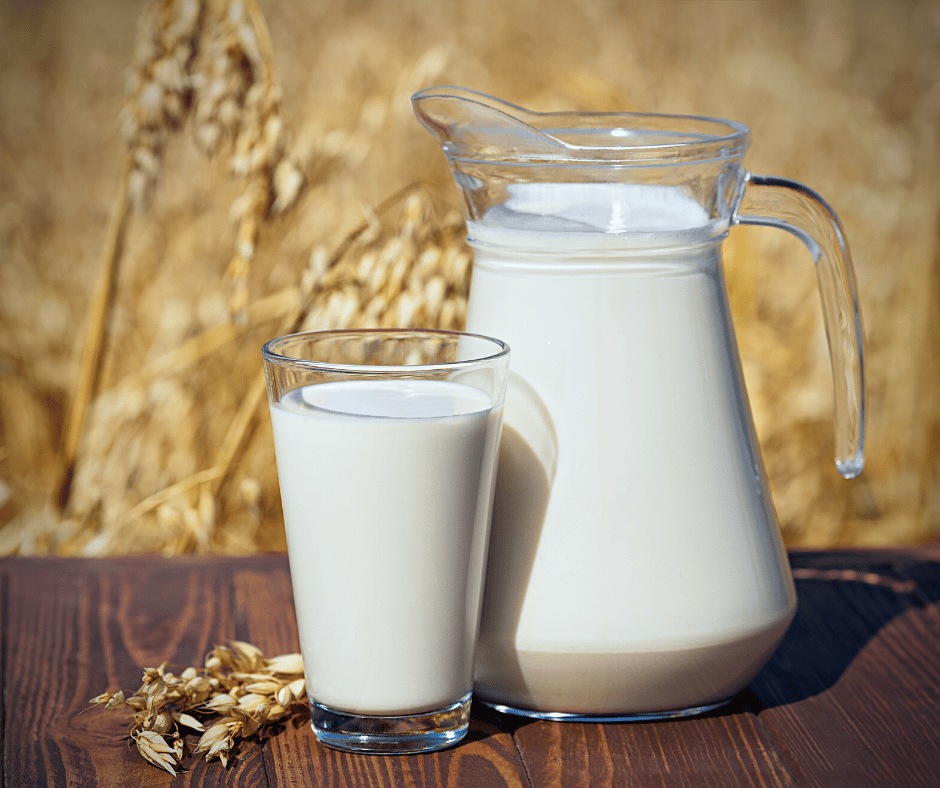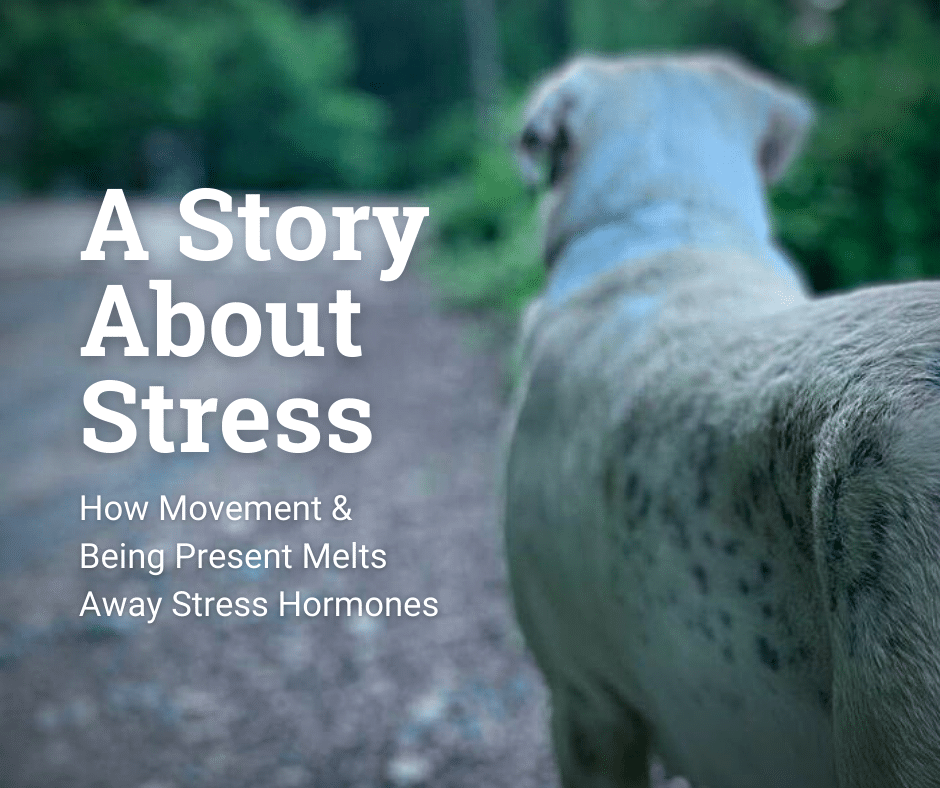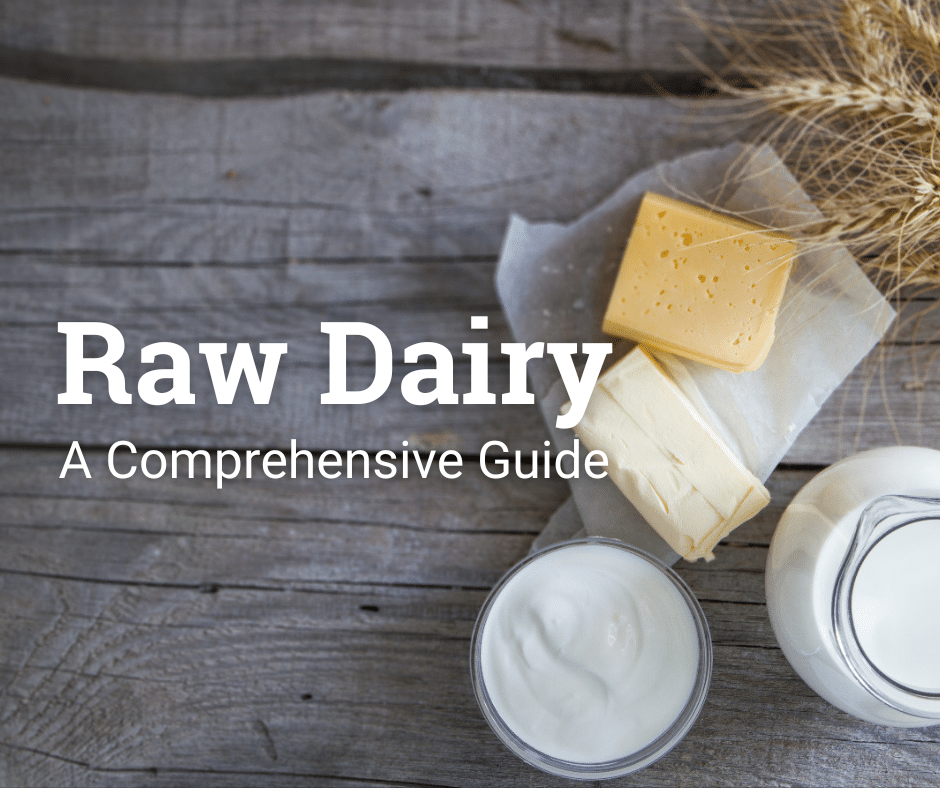Out of all the health foods we have tried, dairy, especially cheese, has been the most controversial yet healing food in our journey thus far. Shocker, right?
The Food and Drug Administration does not approve raw milk and its products, or FDA, due to the risk of serious infectious diseases. However, advocates can vouch for their health benefits. If you are at risk for infection due to your age, pregnancy, or other conditions, you may want to consult your doctor before consuming raw milk.
The Demonization of Dairy
There are so many people who spew nonsense and demonize dairy products as if they were the worst, the most unnatural, and the vilest things ever made. The problem is that we humans tend to draw conclusions and paint everything black and white. Although we fell for the propaganda long ago, there are some half-truths to some of these claims. In other words, “don’t throw the baby out with the bath water.”
However, it’s not that simple. Dairy can either be a healing superfood or a toxic, mucus-forming substance depending on the source and how it was processed.
Dairy issues are often caused by the source and treatment of livestock. Most of the dairy products we see in the market come from cows that are shot up with hormones and antibiotics, fed grain-based diets predominantly, kept indoors, and kept sedentary for many years. This treatment leaves them without sunlight, fresh pasture, and full of stress hormones like adrenaline and cortisol. These poor animals are mistreated and left unhealthy, which, in turn, can result in you becoming unhealthy. The mainstream “studies” are hardly ever tested on unheated (raw), unadulterated, unhomogenized, unsalted, grass-fed, pasture-raised dairy.
You may want to read this article if you have been labeled “lactose intolerant” (like we once were) and are terrified of having bad reactions from dairy.
*Fun Fact* Sheep’s milk is naturally homogenized.
Wait, Raw Milk was once illegal?
Raw milk has been one of the most regulated food products in history. According to RealMilk.com, “Raw milk is the only food that regulators hold to a standard of perfection—something that is impossible to achieve. The consequent bans and limitations on raw milk sales and distribution constitute protectionism for the conventional dairy industry under the guise of measures to protect the public health.”
In the struggle for consumer dollars, raw milk is at the center. Consumers frequently buy pasteurized milk in the supermarket, leading to other purchases. Raw milk leads consumers to the farm. They purchase meat, poultry, eggs, and produce, supporting local farmers and businesses.
The F.D.A. banned raw milk and raw milk products (except for raw cheese aged 60 days) from interstate commerce 34 years ago. Unlike any other food, raw milk is allowed to be regulated by state laws and policies as a result of the ban. Raw milk laws differ from state to state around the country. However, there has been a consistent trend in states increasing access to raw milk by passing legislation, enacting regulations, or making policy changes to accommodate growing consumer demand for it for many years.
“A Campaign for Real Milk” was launched by the Weston A. Price Foundation in 1999 when farmers could legally produce raw milk for human consumption or pet consumption in 27 states. By 2021, 44 states allowed raw milk production.
Providing nutrient-dense foods like raw milk to the growing number of people who wanted it required brave individuals. Their willingness to risk and/or suffer government enforcement action led to the legalization of raw milk sales and distribution. Learn more about the people who helped legalize raw milk (one of them being Aajonus Vonderplanitz) at RealMilk.com.
It Starts With The Sourcing

In order to find good dairy products, it is crucial to pay attention to where your dairy is sourced. How well does the farmer care for his cattle? Do they let them roam freely in the green pastures during the winter? What kind of food do they feed them? What quality of water do they drink? Do they feed them synthetic food/vitamin supplements and/or inorganic minerals? Do they give them antibiotics, vaccines, and/or hormones? These are just a few questions you should ask when looking for a reputable source for your dairy, egg & meat products.
If you are ready to start searching for a clean source of nutrition near you, check out:
Things to Consider if Having Bad Reactions to Raw Dairy
In his book “We Want to Live,” Aajonus Vonderplanitz explains that cold milk often causes lactate and milk protein to pass into the blood without digestion, leading to allergic reactions. According to Aajonus, before drinking milk, it is best to warm it or allow it to stand in a dark warm cupboard for several hours. We like to let ours sit for at least 12-24 hours to allow the natural bacteria in milk to predigest it (you can let it sit for only a few hours if you desire).
When you drink cold, raw milk, you should let it swish in your mouth for several seconds until it warms up before you consume it. If you still cannot digest it well, ferment it into kefir. To make kefir, place the milk in a glass container (never ferment it in plastic), and place it in a dark spot at room temperature for 2-4 days. Pour out as much as you want to drink and put the rest in the fridge. Due to its predigested nature, kefir can be digested cold, but you should try it warm first.
Few people will be intolerant to raw warm milk or raw milk with unheated honey. A few rare individuals who, although not advised to drink milk, may be able to drink raw cream, eat no-salt-added raw cheese, and eat unsalted raw butter without difficulty because those dairy products contain very little lactose.
Aajonus recommends in “We Want to Live” that raw milk be full-fat with at least 10% cream. Raw milk facilitates digestion and utilization of minerals and protein in raw milk, which is why it is recommended for the remedy section of his book. Dairies typically skim the milk, reducing the cream content to 2-4%. Milk containing 2-4% cream is often labeled “skimmed milk.” Milk with 4-7% cream content is labeled “whole milk,” which, of course, is not full-fat. Adding raw cream to raw milk will yield a more full-fat milk. For example, you can add ½ cup of raw cream to 6 cups of raw milk to make a 15% cream content.
It is important to start slowly and lightly when reintroducing dairy if you are highly intolerant. To begin with, we recommend consuming just a teaspoon of room-temperature raw sheep or goat milk every few hours, increasing the frequency or dosage over time as your body is accustomed to it. Swish it in your mouth for a few seconds to mix it with your enzymes before swallowing. If you don’t like or want milk, you can experiment with unsalted, unheated cheese or butter instead.
If the fats reach temperatures above 104 degrees Fahrenheit, they have a greater tendency to store in the body, solidifying instead of dumping into the bowels. Raw fat, like raw butter, cleanses, lubricates, protects, and fuels the body easily. Whereas heated and pasteurized fat often stores as cellulite or other hard-to-use or non-utilizable waxy fat. Therefore, eating fats warmed above 104 degrees Fahrenheit is not recommended for optimal health.
Resources:
- Sheep Milk – Amos Miller Organic Farm. amosmillerorganicfarm.com/product/sheep-milk-glass/. Accessed 15 Sept. 2022.
- “Raw Milk Cases.” Real Milk, www.realmilk.com/raw-milk-cases/. Accessed 15 Sept. 2022.
- Aajonus Vonderplanitz. We Want to Live. Santa Monica, Ca, Carnelian Bay Castle Press, 1997.
- “We Want to Live.” Reader.aajonus.org, reader.aajonus.org/we-want-to-live/. Accessed 15 Sept. 2022.






0 Comments